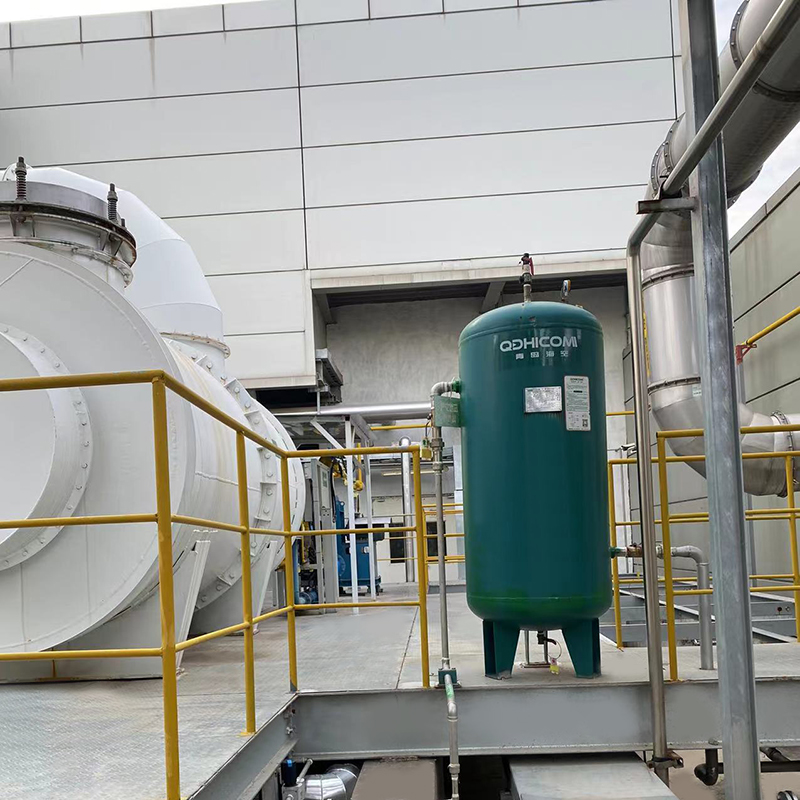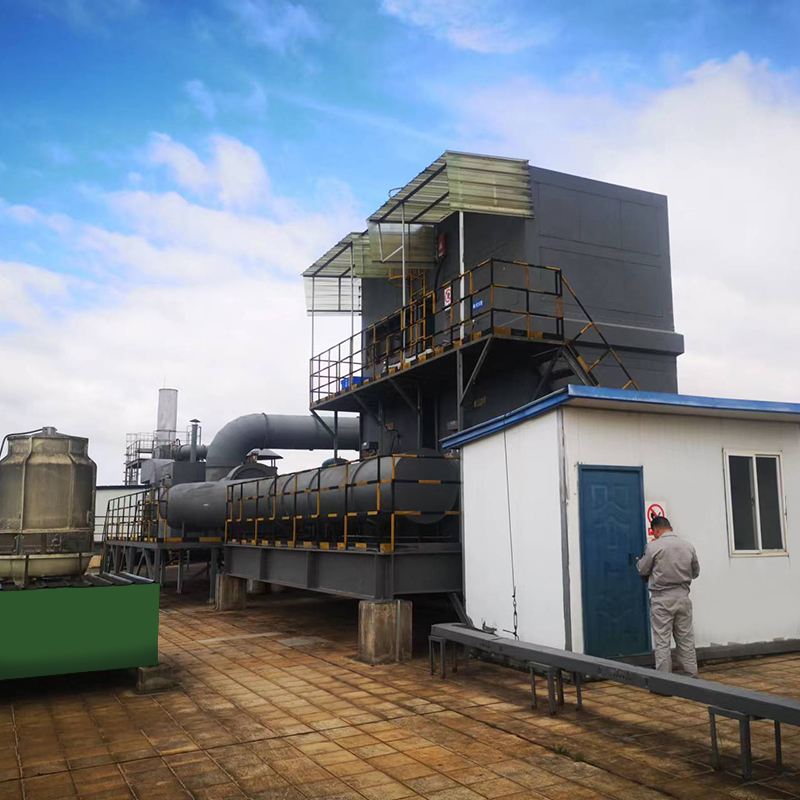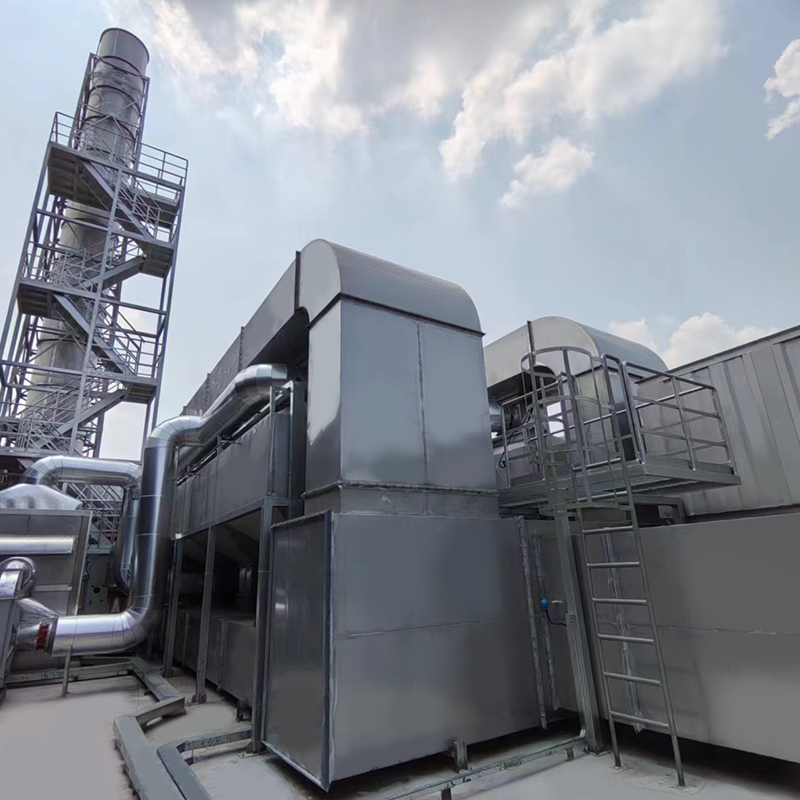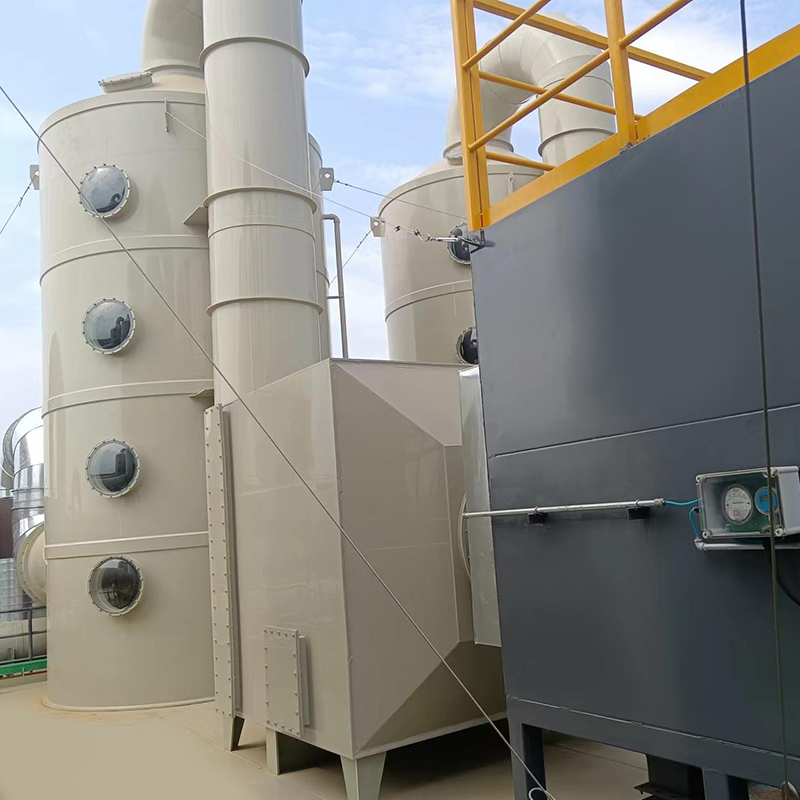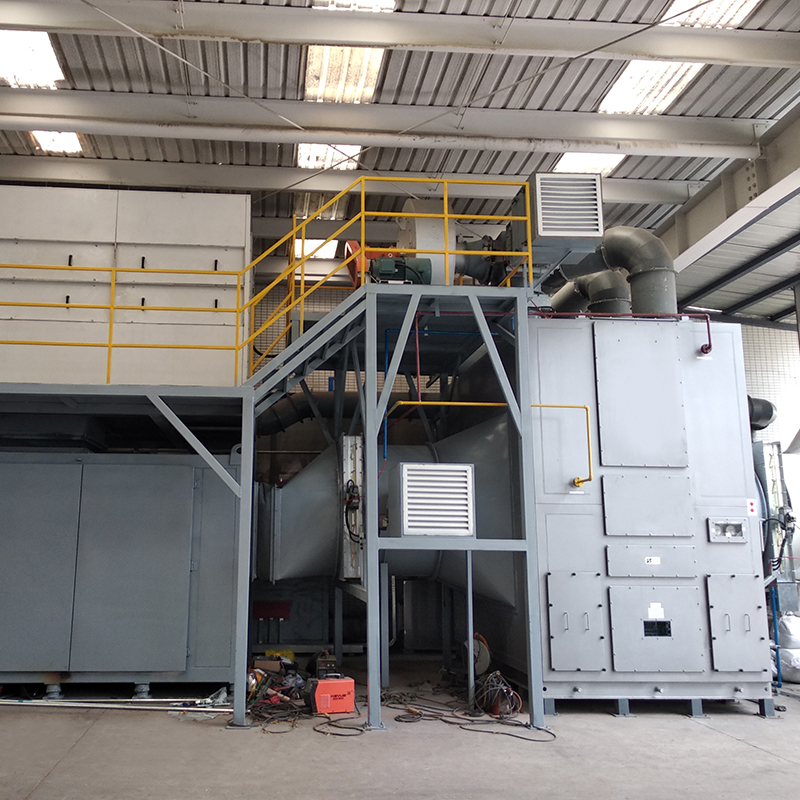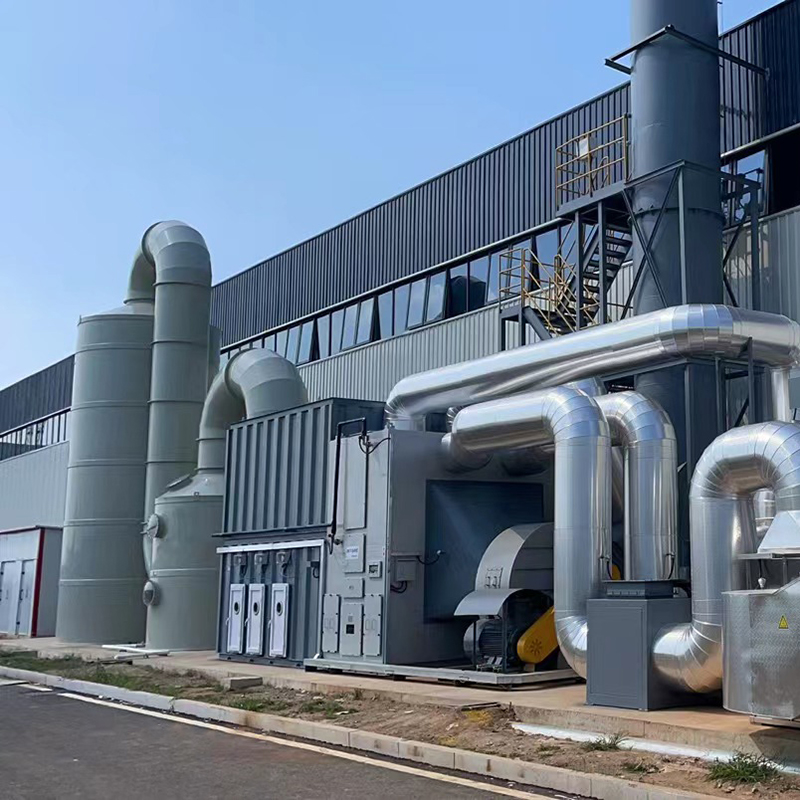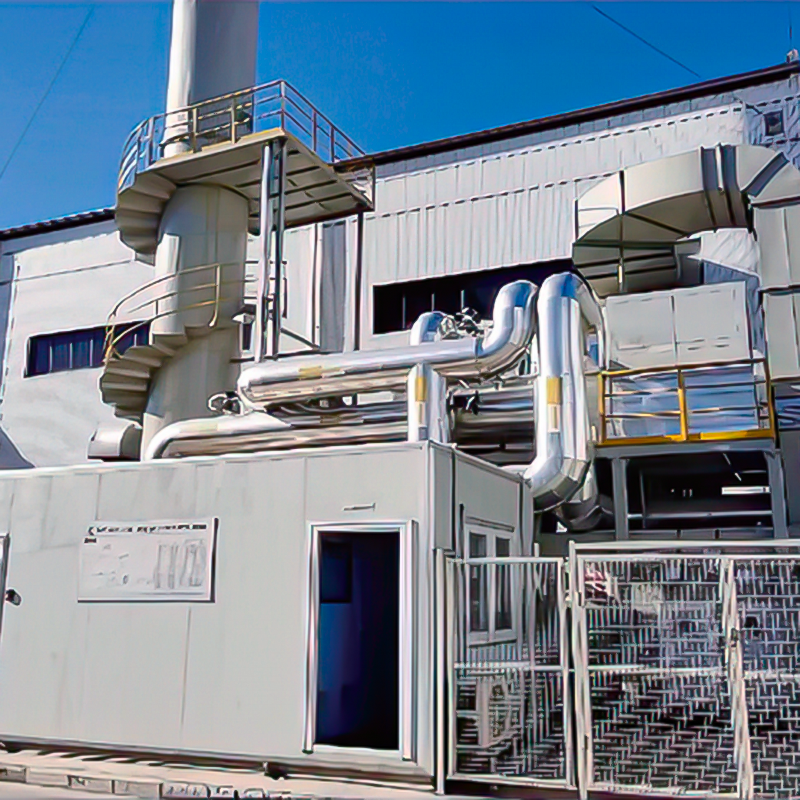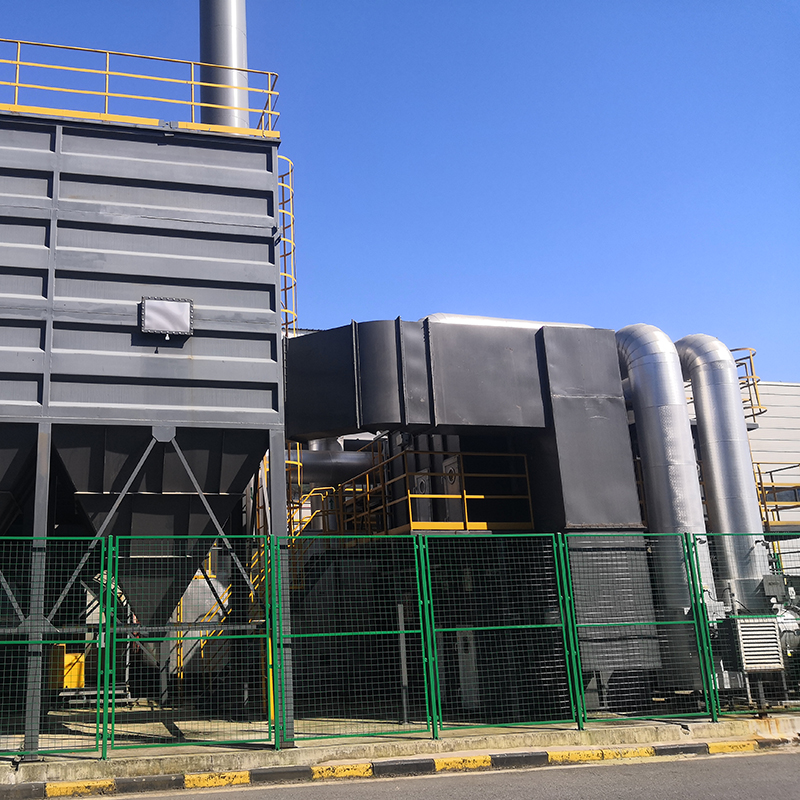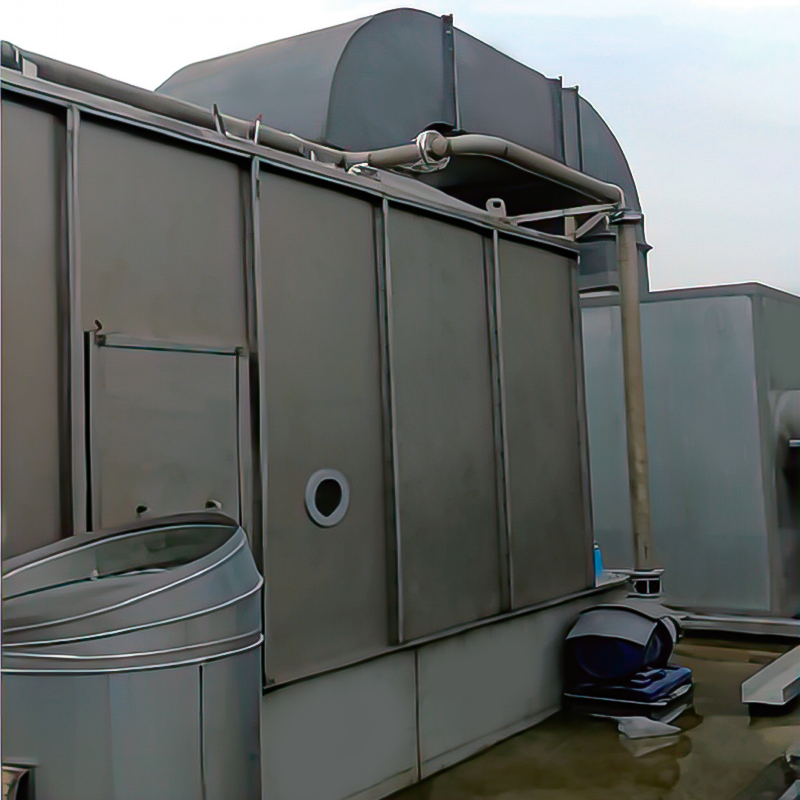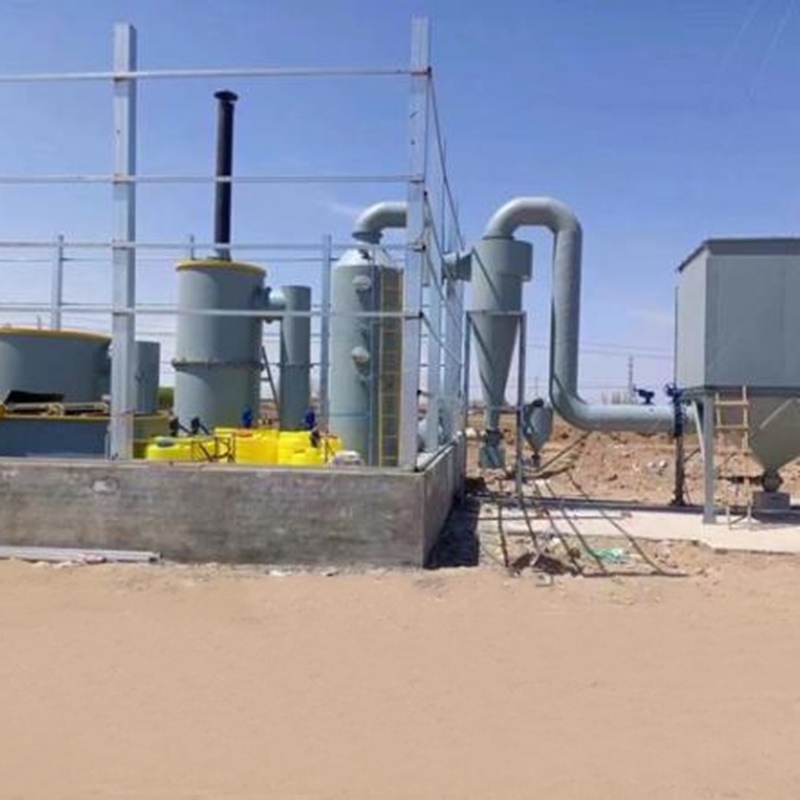Safety Protection Measures for Organic Waste Gas Treatment Equipment
(1) Design and Material Selection
Use high temperature resistant and corrosion resistant alloys or ceramic materials to prevent corrosive components in the exhaust gas from damaging the equipment.
Use anti-static and insulating materials for key components to reduce the risk of explosion caused by electrostatic discharge.
(2) Monitoring and Alarm System
Set up an online concentration monitor at the inlet exhaust pipe to monitor the VOCs concentration in real time to prevent explosion caused by exceeding the standard.
Configure multi-point alarm interlock devices such as temperature, pressure, and leakage. Once an abnormality occurs, the equipment will automatically shut down and activate the emergency plan.
(3) Operating Procedures and Training
Develop a strict operating manual to clarify the order of startup, shutdown, and maintenance, and ensure that the treatment system is started first and then stopped.
Carry out safety training regularly to make operators familiar with the equipment principles, potential hazards, and emergency response procedures.
(4) Maintenance and Emergency Plan
Establish a daily inspection system, regularly check the anti-corrosion layer, seals, and fire protection devices, and replace worn parts in a timely manner. Prepare a complete emergency plan, including rapid response measures for leaks, fires, explosions, etc., and equip with appropriate fire-fighting facilities.
What are the common organic waste gas treatment technologies?
(1) Adsorption method Use porous adsorbents such as activated carbon, activated carbon fiber or zeolite wheel to efficiently capture and concentrate low-concentration, high-flow VOCs. After adsorption, valuable organic solvents can be recovered through thermal decomposition or steam desorption, realizing resource recycling.
(2) Combustion/oxidation method High-temperature direct combustion (RTO): Heat the waste gas to above 760℃ and complete oxidation in a multi-chamber ceramic heat storage body, with a heat recovery efficiency of up to 95%. Regenerative catalytic combustion (RCO): Use a high-efficiency catalyst to achieve VOCs oxidation at a low temperature of 250-350℃, significantly reducing energy consumption. Direct combustion (TO): Suitable for high-concentration, low-flow waste gas, using gas or fuel for direct combustion, with high treatment efficiency but relatively high energy consumption.
(3) Condensation recovery and absorption method
By lowering the temperature or increasing the pressure, high-boiling-point organic components are condensed into liquids. It is suitable for the recovery and utilization of high-concentration single-component waste gas.
The absorption method uses chemical absorbents (such as acids, alkalis or organic solvents) to convert VOCs into renewable liquid products. It is often used in conjunction with subsequent regeneration devices.
(4) Photocatalysis, plasma and biotechnology
Photocatalytic oxidation: Using UV light and photocatalysts to generate active oxygen, organic molecules are decomposed into CO₂ and H₂O. It is suitable for low-concentration waste gas and has no secondary pollution.
Plasma technology: High-voltage discharge generates plasma, destroys the structure of organic molecules, and has the advantages of rapid reaction and small footprint.
Biological filtration: Organic waste gas is converted into harmless products through microbial metabolism. It is suitable for low-concentration and continuous emission scenarios.

 English
English русский
русский Français
Français Español
Español عربى
عربى
